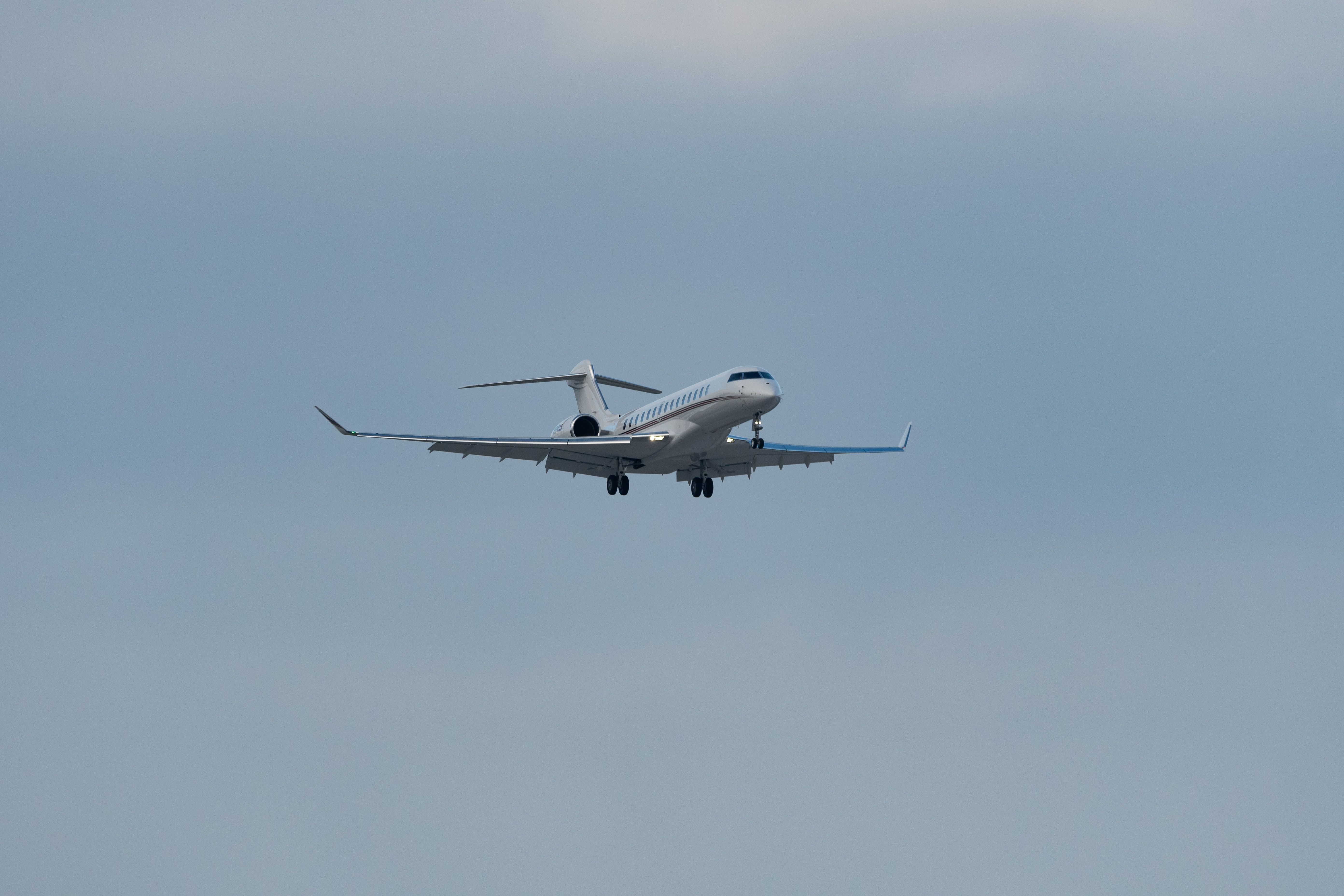Summary
- Flying privately allows greater flexibility in timing but also allows more airport options and landing locations.
- The busiest private aviation airports in the United States include Teterboro Airport, Miami-Opa Locka Executive Airport, Palm Beach International Airport, and Van Nuys Airport.
- Miami-Opa Locka Executive Airport also has a long military history, dating back to the 1920s.
Travelers who can fly privately are granted the ultimate luxury and flexibility when traveling. These travelers can operate a private jet whenever they would like. This allows them to depart and arrive whenever they choose and is, therefore, not confined to commercial scheduled flights. It also allows them to fly the chosen route as long as the aircraft they utilize has a sufficient range.

Related
What Is The Fastest Growing Airport For Private Aviation?
Some airports record over 200 daily private jet flights on average.
Beyond the timing flexibility, travelers who fly privately can also depart and arrive at more available airports. Private jets are typically smaller than commercial airliners and do not require as long runways for takeoff and landing. This enables private jet users to land at much smaller airports, which have much shorter runways, worldwide. These airports may be closer to their current intended destination.
These airports typically get much heavier private aviation traffic. Private Jet Card Comparisons found the busiest private aviation airports in 2023, with Teterboro Airport (TEB) in New Jersey maintaining the top spot of the busiest private airport. Several other airports on this list are near large metro areas, showing the flexibility of flying privately. Some of these airports include:
- Teterboro Airport (TEB) in Teterboro, New Jersey
- Palm Beach International Airport (PBI) in Palm Beach, Florida
- Westchester County Airport (HPN) in White Plains, New York
- Scottsdale Airport (SCF) in Scottsdale, Arizona
- Van Nuys Airport (VNY) in Los Angeles, California
One of the busiest airports on the list, Miami-Opa Locka Executive Airport (OPF), recorded over 28,000 private jet departures in 2023. This slightly decreased 4.3% from 2022, when the airport recorded over 29,600 private departures per Private Jet Card Comparisons. This airport is located near Miami, Florida, and is the area’s top location for flying privately. The Miami-Dade Aviation Department operates the airport. Let’s take a closer look at this airport’s history and some of its features.
 Brief history of the airport
Brief history of the airport
One of the most notable pioneers of aviation, Glenn Curtiss, is listed as the founder of Miami Opa-Locka Executive Airport. Curtiss was involved with aviation in the early days, selling engines for aircraft as early as 1904. Curtiss was also involved in the early days of aircraft manufacturing and even received the United States Pilot License #1 from the Aero Club of America. After several years of making long-distance flights, producing the first seaplane with floats, and designing other aircraft, Curtiss and his family moved to Florida, which occurred in the 1920s.
Curtiss continued developing companies and inventing, although one of his other achievements was developing the cities of Opa-Locka and Miami Springs. In 1928, Curtiss donated several land to develop Miami’s first municipal airport. The area continued to develop with the addition of donated land after Curtiss passed away in 1930. Shortly after, the airport became a Naval Reserve Aviation Training Base (NRATB).
Photo: JHVEPhoto | Shutterstock
During World War II, this airport was turned into a Naval Air Station and became very active, including constructing a military base. The training center would be used to train pilots on notable aircraft, such as:
- Brewster F2A Buffalo
- Douglas SBD Dauntless
- Grumman TBF Avenger
- Grumman F4F Wildcat
After World War II ended, much of the military presence around the airport moved elsewhere. By 1962, only a portion of the airport was reserved for military operations, mostly through the new US Coast Guard station. The airport, however, became extremely active. In 1966 and 1967, it was the second-busiest airport in the nation, trailing only Chicago O’Hare International Airport (ORD). The airport was officially renamed to Miami-Opa Locka Executive Airport in 2014, and it has remained one of the most popular private aviation airports.
Statistics of Miami-Opa Locka Executive
Overall, Miami-Opa Locka Executive Airport covers about 1,880 acres and is just eight feet above sea level. It is about 35 minutes from downtown Miami, about 10 minutes from Hard Rock Stadium, where the Miami Dolphins play, 30 minutes from Miami Beach, and 35 minutes from Marlins Park, where the Florida Marlins play. Miami-Opa Locka Executive Airport is considered to be a reliever airport from the much busier Miami International Airport (MIA), which also sees the majority of the area’s commercial operations.
The airport utilizes three runways, each of which is made of asphalt. These runways have the following specifications:
|
Runway |
Length |
Width |
|---|---|---|
|
9L/27R |
2,439 meters (8,002 feet) |
46 meters (150 feet) |
|
9R/27L |
1,313 meters (4,309 feet) |
30 meters (100 feet) |
|
12/30 |
2,073 meters (6,800 feet) |
46 meters (150 feet) |
Other unique features
Three fixed base operators (FBO) operate out of Miami-Opa Locka. These FBOs include Atlantic Aviation, Fontainebleau Aviation, and Signature Flight Support. Several cargo airlines are based at OPF, including Air Freight Capital, Conquest Air Cargo, Florida Air Cargo, Miami Air Lease, and Ultra Aviation Services.
Photo: Robin Guess | Shutterstock
Currently, only one air carrier operates scheduled flights out of Miami-Opa Locka Executive. This air carrier is JSX, which is based in Dallas, Texas. JSX flies from Miami directly to Dallas-Love Field (DAL) in Dallas, Texas, and Westchester County Airport (HPN) in White Plains, New York. JSX flies directly to Dallas twice a week, and the air carrier flies to White Plains up to four times weekly.



